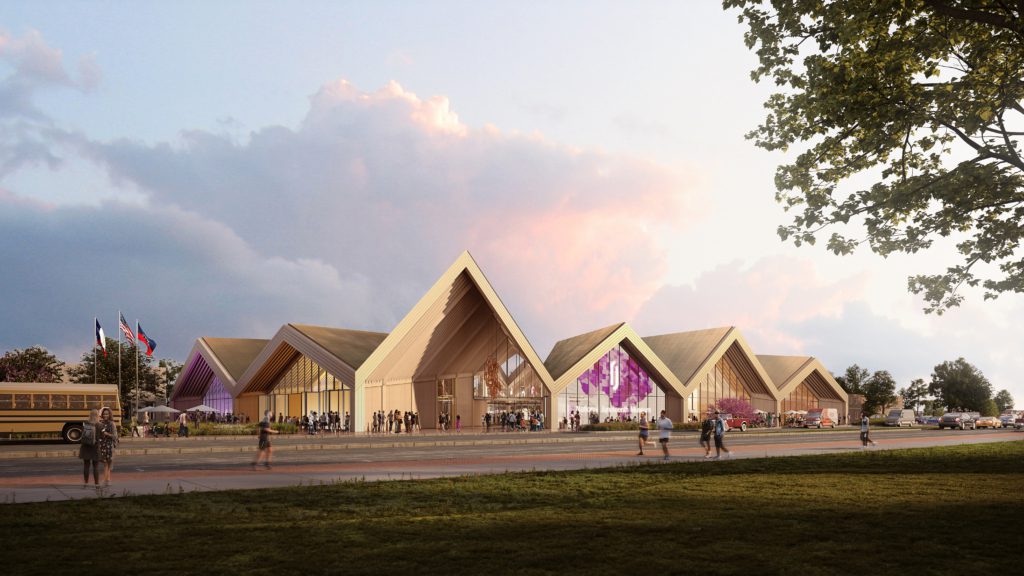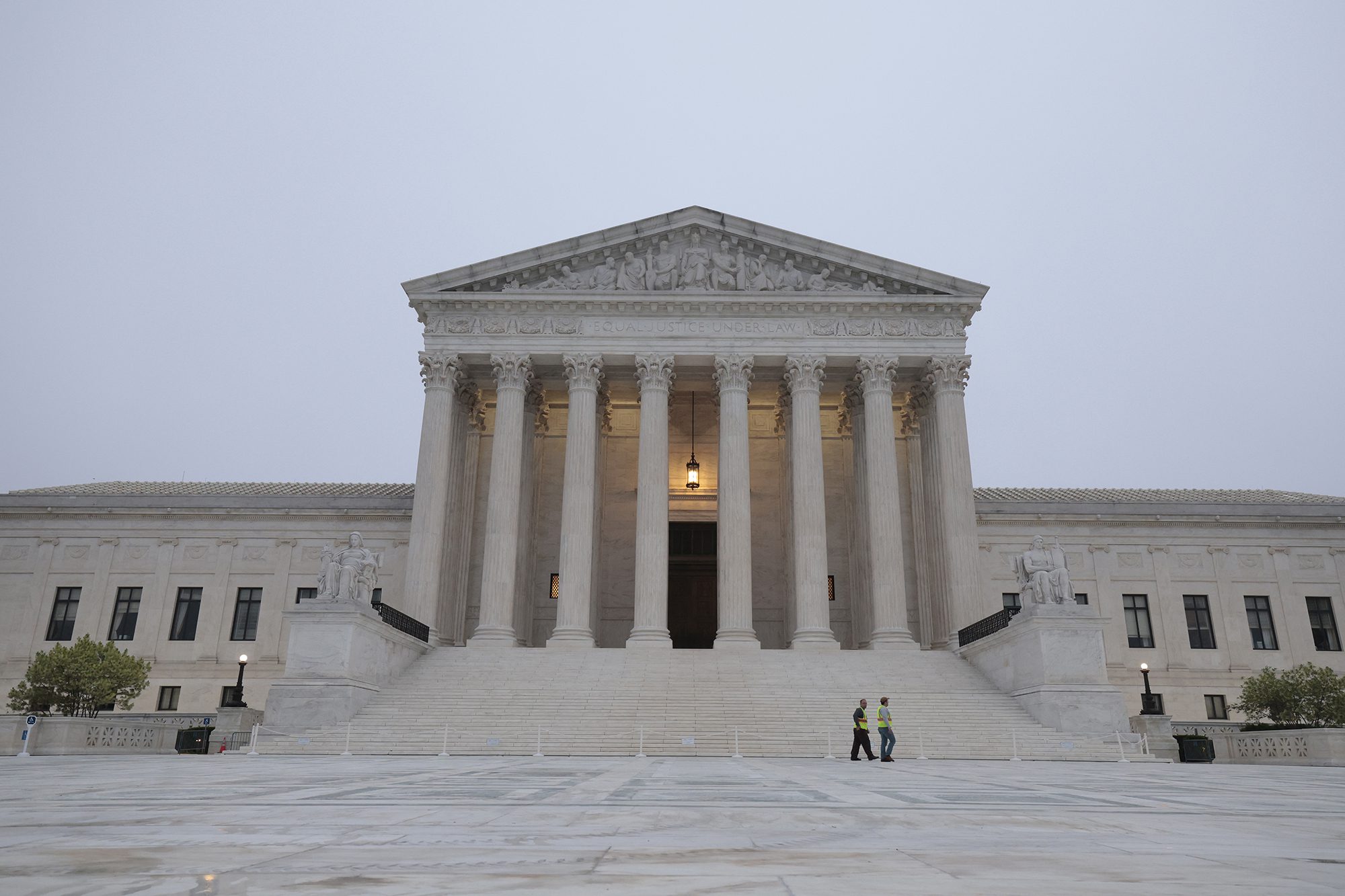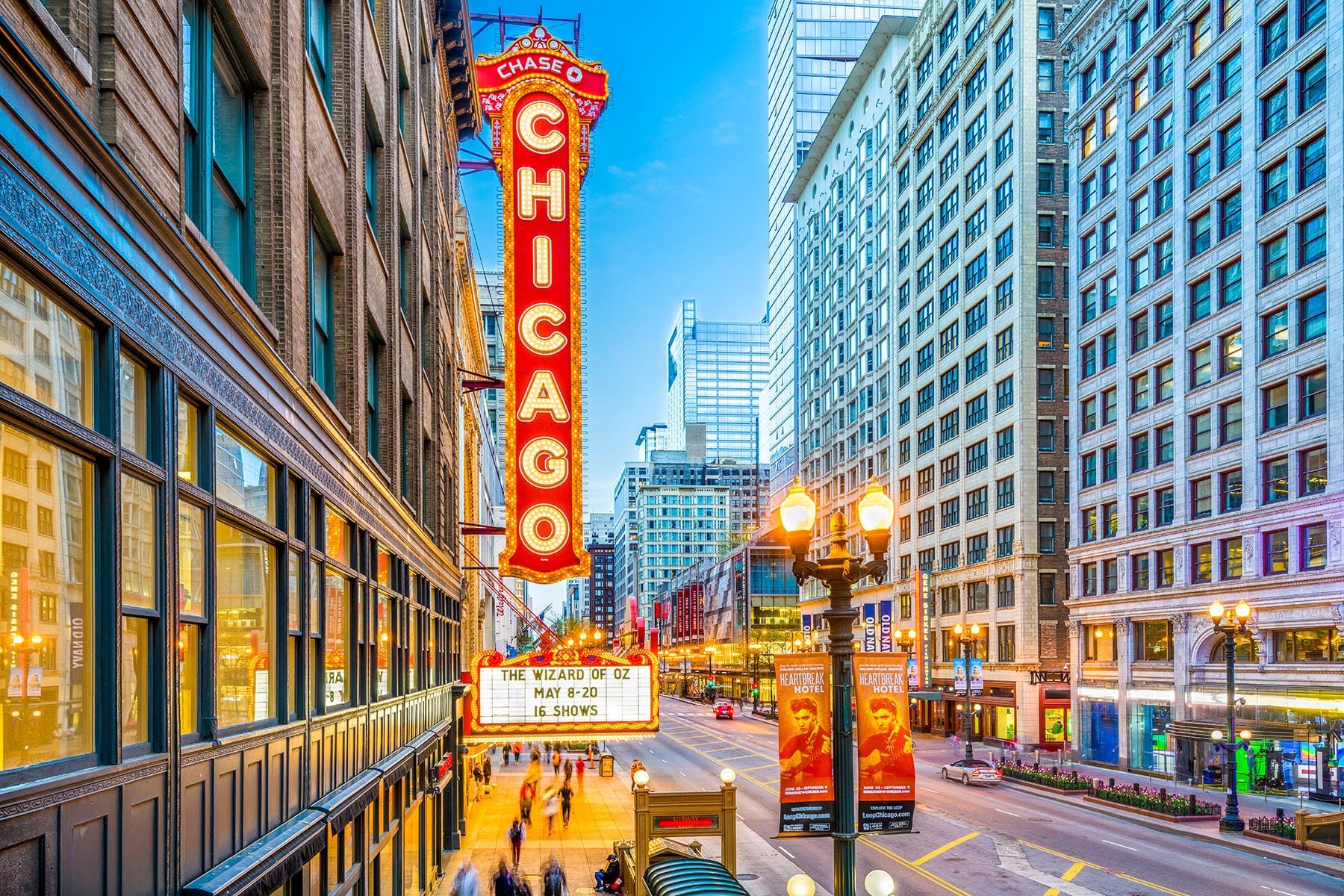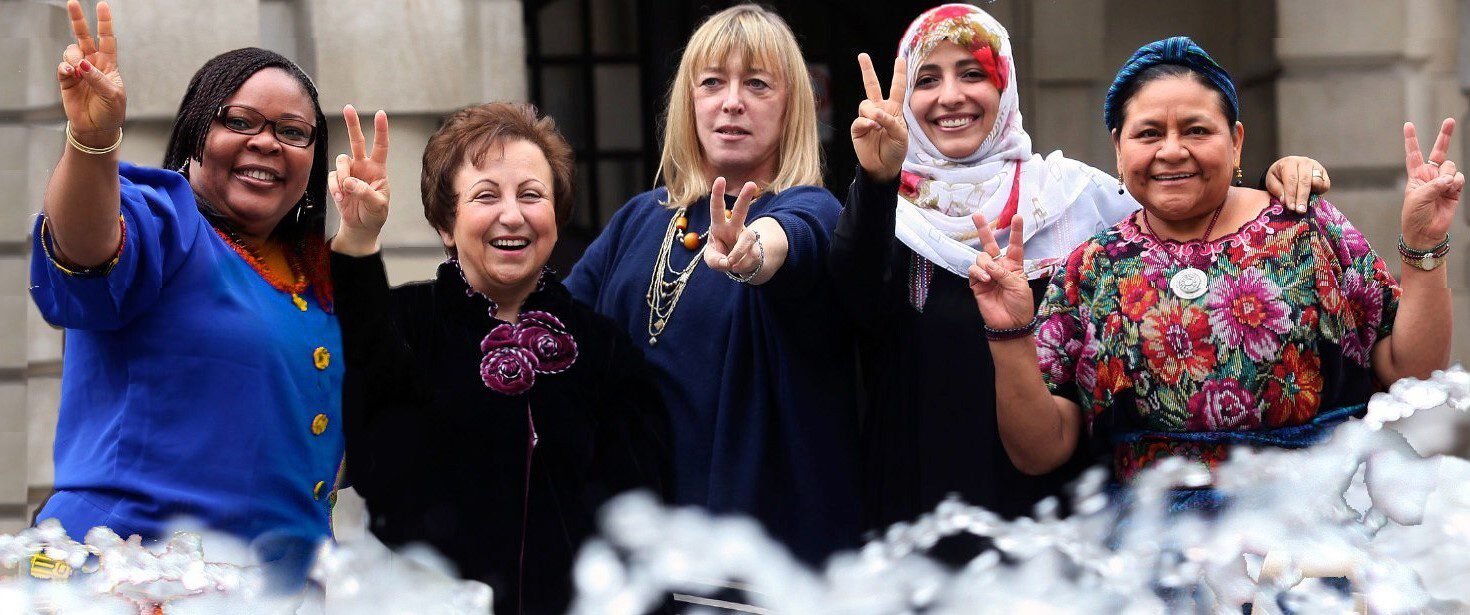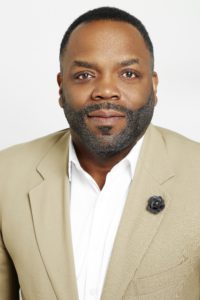
Jarred Howard, CEO and Visionary The Rainwater Charitable Foundation
The Rainwater Charitable Foundation (RCF), an Upswell sponsor, is committed to supporting North Texas families and children through quality education, workforce development, and community asset-building, including affordable housing. By working alongside community partners to implement transformative practices, RCF supports a diverse range of organizations to create a world where families can thrive, regardless of their background or circumstances. To learn about all areas of RCF’s program focus, including medical research on neurodegenerative diseases, please visit their website.
As part of their efforts to create thriving communities with assets that enrich the lives of families, RCF has supported the National Juneteenth Museum. The museum is set to open in June 2025 as the epicenter for the preservation of Juneteenth history and a center for discussions about freedom.
We asked the museum’s new CEO and Visionary, Jarred Howard, about the museum’s start and his vision for the future.
IS: For those who may not be aware, can you explain Juneteenth?
JH: Today, we celebrate Juneteenth as a national holiday that honors the day Union Major-General Gordon Granger issued Order # 3 in Galveston, announcing freedom from slavery. This is significant because the Emancipation Proclamation was signed into law January 1, 1863, more than two years prior to slaves in Texas learning of their freedom. Hence, Juneteenth celebrates the monumental “breaking of the chains,” the realization of the legacy of freedom for the enslaved in Texas and throughout the newly reformed United States.
IS: Tell us about the inspiration behind the establishment of the National Juneteenth Museum, and the important role that Opal Lee played in helping to bring it to fruition.
JH: It is Ms. Opal Lee’s desire to significantly scale the quaint museum that she’s had in the neighborhood where she grew up for nearly two decades. True, the National Juneteenth Museum is about history, and artifacts, and stories, but for Ms. Opal, the museum is more than that. The museum is a rally call for freedom, because in Ms. Opal’s eyes, people in our country are still not free. From her point of view, if our communities and societies are plagued by homelessness, health care crises, joblessness, and other disparities that divide us, we are not free. Ms. Opal envisions the museum as a manifestation of her work as a change agent to bring people and the community together to solve these issues, which she views as the pathway to true freedom for all.
After personally experiencing loss and devastation while her family fought for freedoms of their own, Ms. Opal dedicated her life to making a difference.
She has elevated her voice through her annual walk, raising awareness of the importance of Juneteenth. She gained national attention in 2016 during her 1,400 mile symbolic walk from Fort Worth to Washington, D.C., where she garnered more than a million signatures on a petition crafted to recognize Juneteenth as a national holiday. The result of her work, and those that carried the baton before her, is the federal holiday that we all enjoy today.
Over the years, Ms. Opal Lee has affectionately earned the name “Grandmother of Juneteenth,” and rightfully so. Her efforts didn’t stop with this monumental “win.” Each success only pushes her forward, and she has been at the forefront of the National Juneteenth Museum initiative.
IS: What should people visiting the museum expect to see and experience?
JH: Experience is the right word. They will arrive to witness a 50,000-square-foot “experience center.” The museum is being built on the same land that was home to the previous museum.
Once inside, visitors will immerse themselves in educational experiences in over 10,000 square feet of gallery space.
You know, people often think of museums as places filled with artifacts – where you walk around and look at pictures and paintings that represent the past. The (NJM) will have all those things, and we are excited and proud of our curatorial plans, but the museum is going to offer so much more. In addition to the galleries and exhibitions, visitors can expect to see a theatre for performances, a food hall that will welcome local chefs, a business incubator to promote entrepreneurship, and even a black-box space that can be used for private or community events.
The NJM will exist as a learning center but also a tourist destination. Families are going to plan their vacations around this museum, and they are going to want to visit multiple times.
IS: Plans are underway for a new National Juneteenth Museum that is projected to open in June 2025. The new museum is intended not only to educate visitors about Juneteenth’s history, but also serve as an economic boost to the surrounding community. Tell us more about how the “new” museum will expand upon the original museum concept.
JH: When we think about the “new” museum, the theme is just that – expansion. As I explained, the concept for the “new” museum is the emphasis on its place as more than a museum. The NJM is the catalyst for creating an economic ecosystem in Historic Southside Fort Worth. The ideas and concepts for the spaces were based on a vision for transforming this community. For example, the business incubator will be a hub for entrepreneurs launching and managing businesses that are going to fuel the area’s economy. The food hall will bring together chefs and vendors whose collaborative efforts will result in partnerships that celebrate the culture. And I cannot emphasize enough the economic impact this museum will bring through tourism. Thousands will visit NJM each year. This museum is going to awaken Fort Worth’s Historic Southside. It has been a long time coming, and this area has earned every great thing coming its way.
IS: As the new CEO shepherding the development and opening of a “new” museum, what is your vision for your organization into the future?
JH: I cannot emphasize enough that this project is personal for me. I am a fifth-generation Fort Worth native, and I’ve witnessed its erosion – from an area that was once known at the “Black Wall Street of the South,” where the African-American community was thriving to where it is now. Do you realize that the southside neighborhood has the state’s lowest life expectancy and one of the highest infant mortality rates? The impact of socioeconomic forces is real, and you can see it when looking at the Historic Southside and its neighboring communities. This is unacceptable.
So, to be a part of something that is bigger than me is just life changing. This project signals new beginnings for the Historic Southside. We are injecting economic, educational, and cultural hope back into this community. It is a rebirth for the Black culture, and we are optimistic about the new alliances and relationships that are forming and that will continue to form as we work to preserve freedom and prosperity for us all.
Photo credits: Museum renderings by Bjarke Ingles Group and KAI Enterprises; Jarred Howard photo by Kauwuane Burton Studios.
